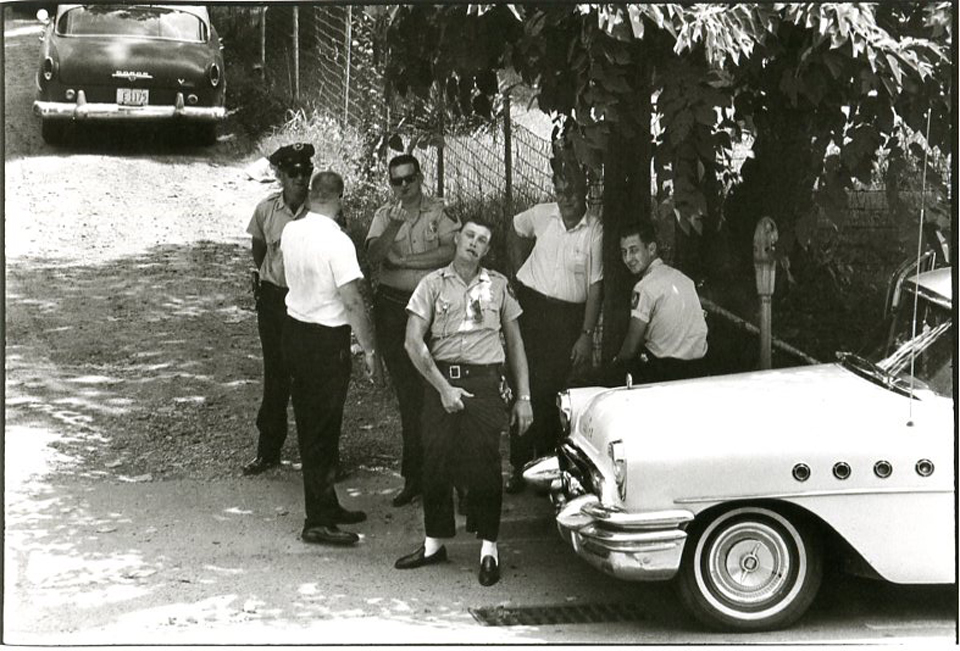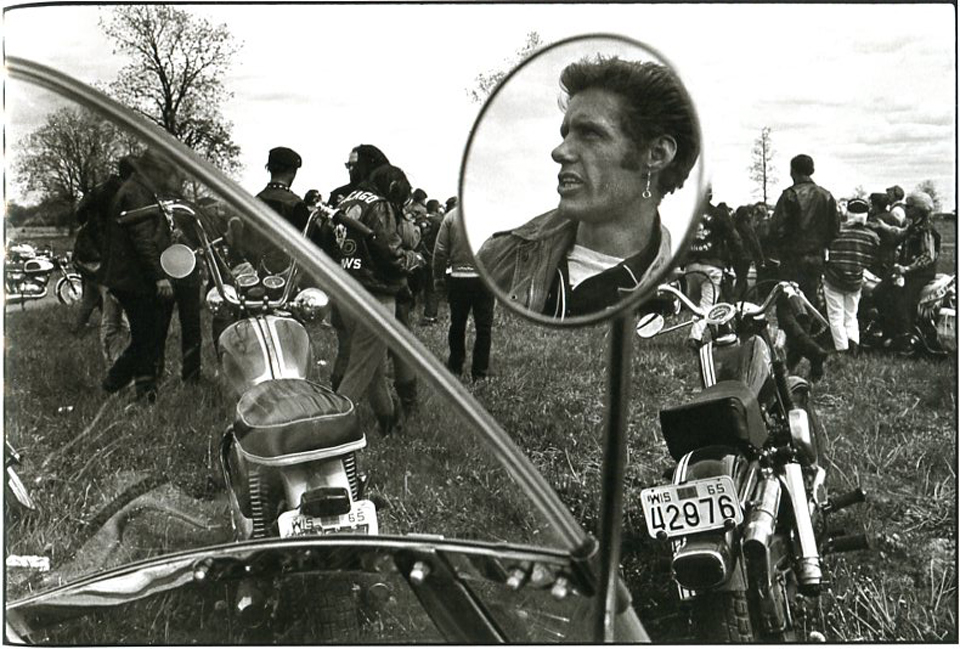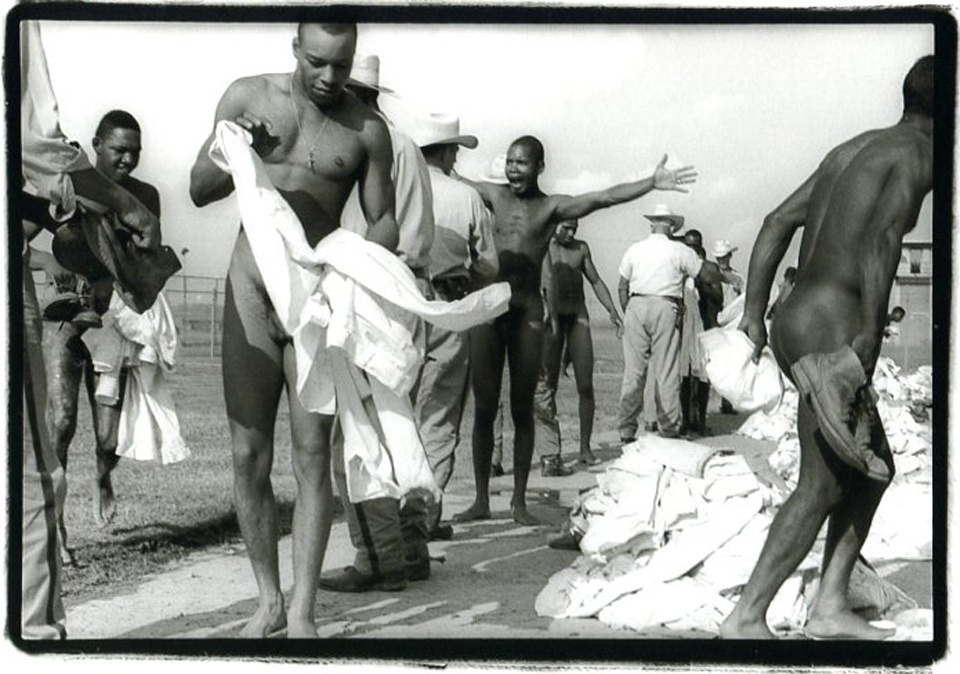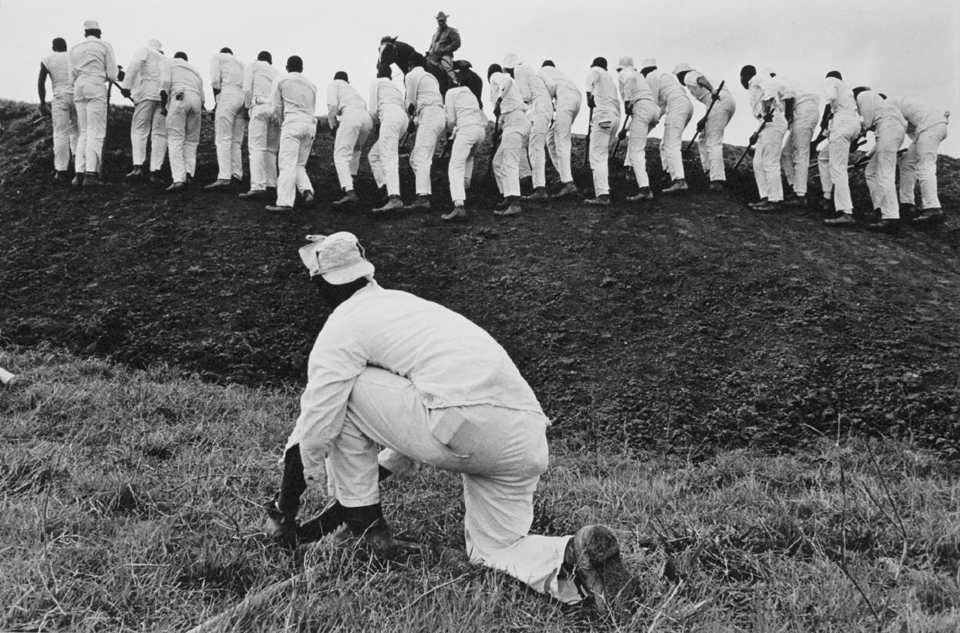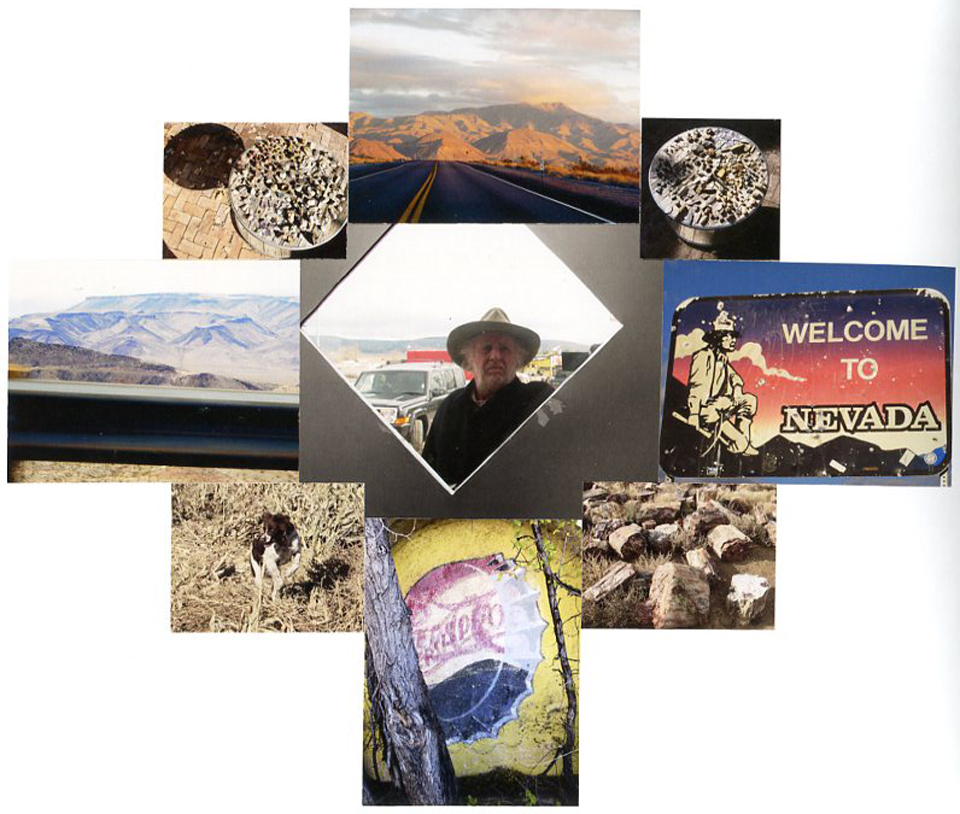Danny Lyon: Rebel With a Camera
I wanted to change history and preserve humanity. But in the process changed myself and preserved my own. – Danny Lyon
In 1958, Art Garfunkel defeated Danny Lyon for class president of Forest Hills High School in Queens. Somehow, Lyon was able to rebound to become one of his generation’s most prolific socially committed photographers. Message to the Future, the first comprehensive retrospective of Lyon’s photographs, films, and ephemera in 25 years, was organized by the Fine Arts Museums of San Francisco and will premiere at the Whitney Museum of American Art June 17. Lyon has made a handful of the most iconic photographs in the history of the medium. Remarkable as many of these individual photographs are, Lyon was interested in a fuller picture. His commitment to long-term, immersive documentary projects represents the visual equivalent to what was eventually termed the New Journalism in the 1960s and ‘70s.
While studying history at the University of Chicago, Lyon hitchhiked to a civil-rights demonstration in southern Illinois, where he met and befriended activist (and future congressman) John Lewis. Lewis was a leader of the Student Nonviolent Coordinating Committee (SNCC), which was at the vanguard of direct action protests against segregation and discrimination. Encouraged by Lewis, Lyon traveled through the South documenting the cause of civil rights and its hostile reception. He was soon appointed the SNCC’s first official photographer. In his role as participant observer, Lyon was threatened, physically assaulted, and arrested on numerous occasions. His photograph The Police, Clarksdale, Mississippi, taken in 1963 as he and Lewis were about to step into a modest church after a march, is a powerful indictment of the open hostility and derision of white supremacists of the era and an indication of Lyon’s ability to compose complex yet fleeting narratives.
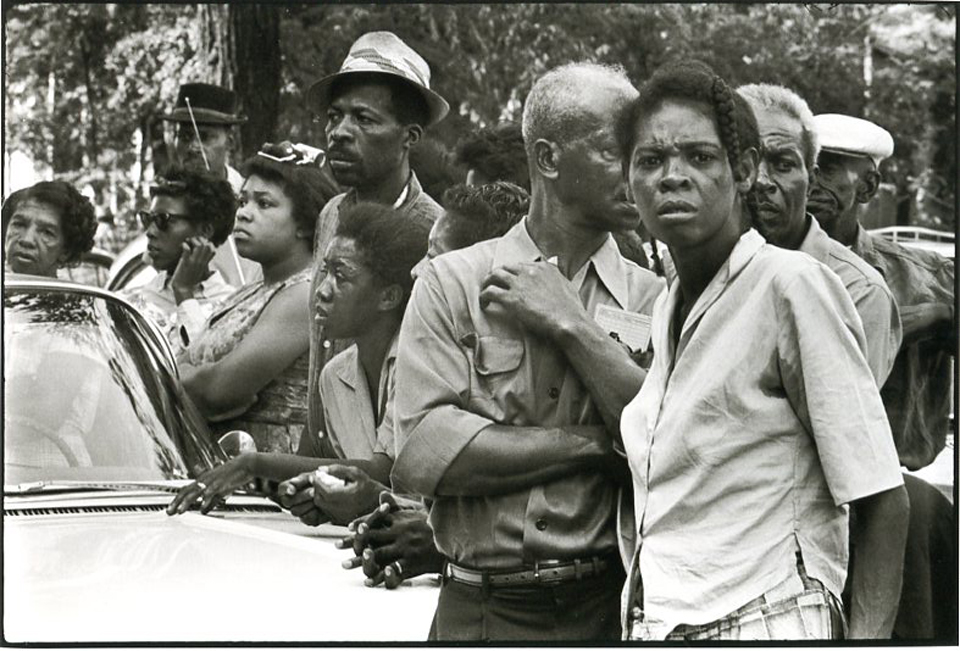
Danny Lyon, Crowds along the funeral route of the four girls murdered in the bombing of the 16th Street Baptist Church, Birmingham, Alabama, September 1963
Lyon began to understand himself as part of a lineage of photographers whose vision and political philosophy were inextricably bound with the changing, and often contested, idea of what it means to be an American. While Matthew Brady, Jacob Riis, and Lewis Hine were foundational to this model, it was Walker Evans and Robert Frank who provided the gold standard for Lyon’s photographic ambitions. Upon leaving the SNCC to pursue other projects, he wrote: “There is a job to be done and that is to continue the work of Evans and Frank in a changing and beautiful country that more than ever lends itself to that record.”
Danny Lyon was and is, to this day, committed to the photography book as an independent form. It may be difficult to imagine how important photography books were to the medium in the mid-20th century. There were very few galleries or museums exhibiting photography, and most magazines that featured photographs had their own editorial agendas. Speaking to the 2014 National Geographic Society Photography Seminar in Washington D.C., Lyon said: “If I was going to devote my conscious life to making pictures, how could I turn them over to someone else to select, crop, arrange, and caption with words that were not my words.” For Lyon, Evans’s and Agee’s Let Us Now Praise Famous Men (1941), Cartier-Bresson’s Decisive Moment (1953), and especially Frank’s The Americans (1958) testified to the cumulative power of photographs when the editorial and sequencing decisions were in the hands of the photographer.
Moving back to Chicago, Lyon built a Triumph motorcycle and began documenting the lives and culture of the Chicago Outlaws, a biker club he joined. Lyon was not only attracted to the rough and libertine lifestyle of the bikers, but he was consciously manifesting a personal fantasy of rebellious freedom. Lyon described the bikers as “probably the only thing like cowboys left in America.” Lyon was never bothered by his own contradictory motivations. Driven by what Lyon describes as “action, risk, and adventure,” as a photographer he fused male swagger with social conscience, ambition with altruism.
The Bikeriders was first published in 1968, and the beauty, tenderness, and drama of the 50 photographs in the book were supplemented by interviews and personal statements by many of Lyon’s subjects. By including these texts, Lyon allowed for a more nuanced collective portrait of the American archetype of the biker as outlaw. Not satisfied with compelling images alone, Lyon used a tape recorder to gather individual testimony to the rough realities of the largely working-class people drawn to motorcycle culture. Lyon’s active engagement with his subjects and his insistence on supplementing the images with writing was a constant point of argument in his friendship with Robert Frank, whose own position as a melancholic outsider stood in contrast to Lyon’s more active personal and political commitment. In his recent book published by Phaidon, The Seventh Dog, Lyon writes of this strategy: “I have usually presented my photographs in a book with text. In the texts, I have spoken through other people’s voices, sometimes out of respect for what they had to say, and sometimes to disguise myself.”
In the fall of 1967, after completing The Destruction of Lower Manhattan, which documented the large-scale demolition of the city below Canal Street, Lyon moved to Texas to begin his long-term project of photographing the life and culture of prison convicts. Lyon obtained unprecedented freedom of access to six prisons, and over the course of 18 months he made thousands of photographs and recorded hours of testimony. Conversations with the Dead is an extraordinary document that reveals a world in which prisoners are fundamentally enslaved in a power structure reminiscent of the plantation system.
Within these prison walls and in the fields where convicts toiled, Lyon choreographed photographs of formal elegance, emotional rawness, and political acuity. One powerful example is Hoe Sharpener and the Line. The image is theatrical in its arrangement of figures across the frame’s proscenium; the prison guard is mounted on his horse, poised at the top of the frame, overlooking a chorus line of prisoners clearing a hillside. The men’s white uniforms are starkly defined against the dark earth, and in the foreground a lone figure sharpens a tool of his own oppression. In Lyon’s photograph I see echoes of Jean-François Millet’s 19th-century paintings of French peasants, such as The Sower and The Gleaners, images both romantic and restive. Of his role as photographer in the prisons, Lyon wrote at the time: “They live in a nightmare. It is my job simply to piece together a fabric made from their misery.”
In that same talk to the National Geographic Society, Lyon admitted, “I was not interested in reforming the prison. I wanted to destroy them. Now we are in the future. The population of the Texas prisons where I worked was 12,500. Now it is over 200,000. So that body of work, which took two years of my life, was not a success.” Lyon was not the run-of-the-mill concerned photographer hoping for photographic notoriety; he was seeking revolution. In Lyon’s confession, we not only understand the radicalism of his intentions but we are also implicated. Conversations with the Dead was completed almost 50 years ago, yet in the ensuing decades, it has become even more of an indictment of our collective failure to address social justice.
Lyon continues to write, make books, films, collages, and photographs. The depths of his commitment to the injustices of his time has been an inspiration to a generation of photographers such as Jim Goldberg, Donna Ferrato, and Eugene Richards, all of whom dig deep into their subjects’ lives to uncover the political in the personal and the personal in the political. Summing up his five-decade career, Lyon has commented that all of his works are about the “existential struggle to be free.” This is a big claim, but as messages to the future, his photographs embody just that.
This essay first appeared in Photograph, May / June issue 2016. Big thanks to Jean Dykstra.
